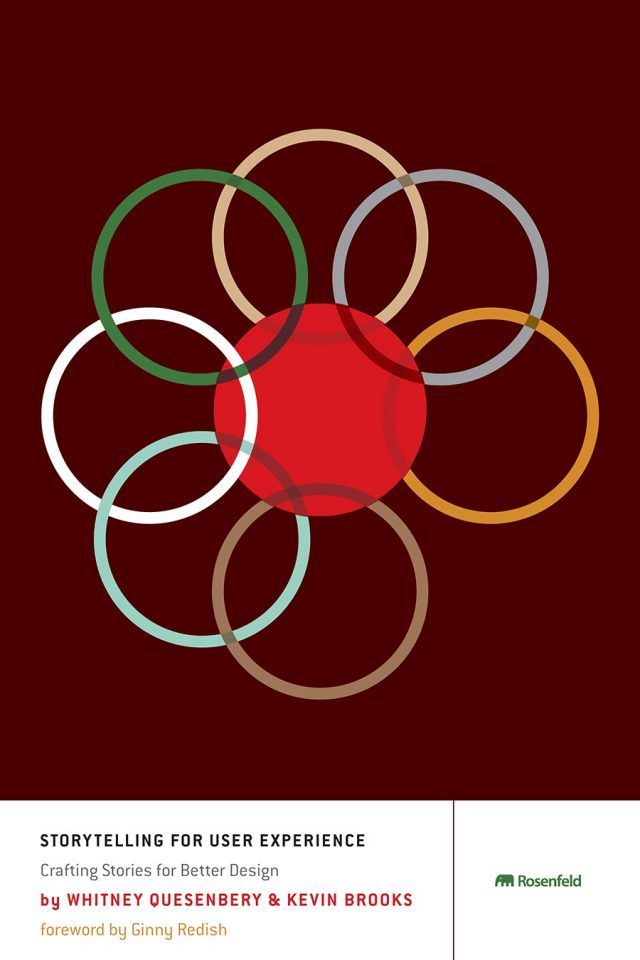
Whitney Quesenbery
Co-author of A Web for Everyone and Storytelling for User Experience
Have Whitney Teach Your In-house Team
Want to learn more?
Have Whitney teach a workshopAbout Whitney
Whitney Quesenbery combines a fascination with people and an obsession to communicate clearly with her goal of bringing user research insights to designing products where people matter.
Her first two books—Storytelling for User Experience: Crafting Stories for Better Design (with Kevin Brooks for Rosenfeld Media) and Global UX: Design and research in a connected world (with Daniel Szuc)—help practitioners keep users in mind throughout the creative process.
She’s also passionate about civic design. As co-director of the non-profit Center for Civic Design with Dana Chisnell, she works with election officials on usability and design of ballots and other election materials. They publish the popular Field Guides to Ensuring Voter Intent, which provide researched guidelines in a handy pocket format. Their work is funded by the MacArthur Foundation, the James Irvine Foundation, and the National Science Foundation.
Whitney Quesenbery is a co-author of two influential Brennan Center reports that show just how much design matters in elections. From 2004 to 2009 she was chair for Human Factors and Privacy for the Elections Assistance Commission’s committee developing voting system guidelines.
Her interest in accessibility and civic design came together when she served as UPA’s representative on the Access Board’s advisory committee, drafting updates for the U.S. “Section 508” accessibility regulations. She managed an EAC grant for accessible voting technology that brought together researchers and election officials in a dozen projects, including the influential Anywhere Ballot and an OpenIDEO design challenge.
Whitney has been part of events and publications around the world, including World Usability Day, User Friendly, Fluxible, Agile, UXPA, STC, SIG-CHI, CSUN, AccessU, Web Accessibility Initiative research symposia, PlainTalk, UX Australia, the Accessibility Summit, and has given testimony for the Presidential Commission on Election Administration.
Before she was seduced by a little beige computer into software, usability, and interface design, Whitney was a theatrical lighting designer on and off Broadway, learning about storytelling from some of the masters.
